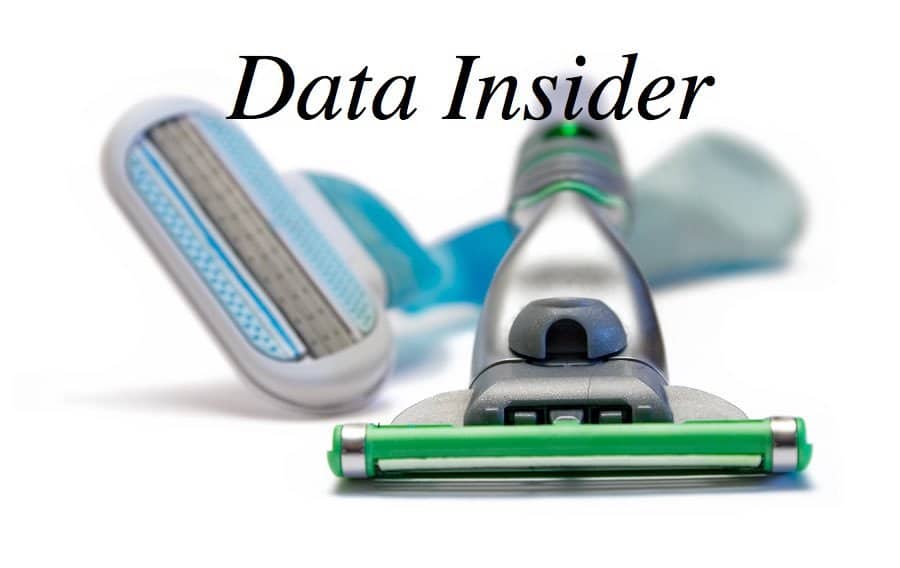
Subscription Razor Blades: A Model Past its Prime?
Source: Bigstock and Subscription Insider
I've often talked about the importance of recurring revenue in this space, for example, in my columns here and here and here. But subscriptions are not the only way to achieve recurring revenue. A favorite example of business school profs is the razor-and-blades model. Sell customers a razor at cost, and make your money on the recurring purchase of blades. The BBC's Tim Harford recounts the origin story of the business model: King Camp Gillette invente...
HELLO!
This premium article is exclusively reserved for Subscription Insider PRO members.
Want access to premium member-only content like this article? Plus, conference discounts and other benefits? We deliver the information you need, for improved decision-making, skills, and subscription business profitability. Check out these membership options!
Learn more about Subscription Insider PRO memberships!
Already a Subscription Insider PRO Member?
Please Log-In Here!








